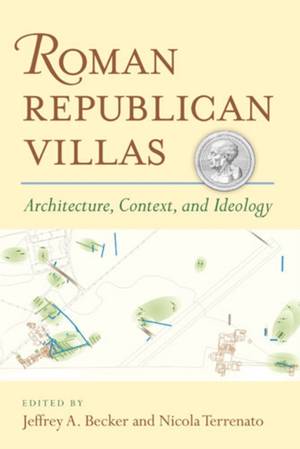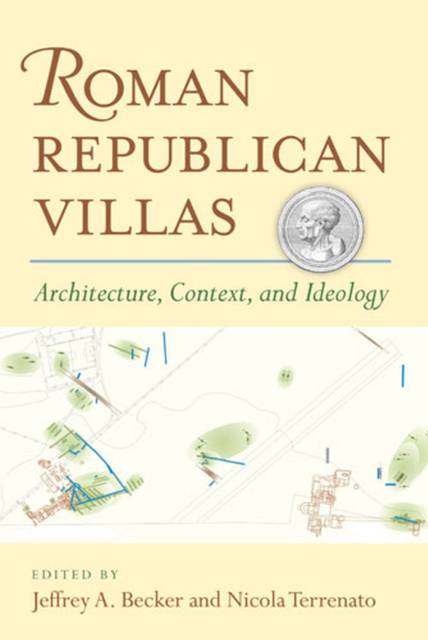
- Retrait gratuit dans votre magasin Club
- 7.000.000 titres dans notre catalogue
- Payer en toute sécurité
- Toujours un magasin près de chez vous
- Retrait gratuit dans votre magasin Club
- 7.000.0000 titres dans notre catalogue
- Payer en toute sécurité
- Toujours un magasin près de chez vous
Description
Traditional theories about villa development have been largely focused on stereotypical ideals of early Roman austerity and industriousness. New work at sites such as the Auditorium, however, proves the existence of luxurious residences already by the 5th-4th c. BCE, even before the Roman conquest of Italy. Such recent developments in archaeological fieldwork have begun to reshape the discourse in such a way that old assumptions are being challenged and, in many cases, found wanting. Within this atmosphere of new discoveries and reconsideration, scholars are uniquely poised to re-examine the villa and the part it played in the culture of Roman Italy, in terms of both the material remains and the literary sources. The villa also plays a prominent role in Republican literature such as the De agri cultura of Cato and the texts of Varro, as the early Latin authors seek to fashion identities for themselves and the city of Rome. Drawing on diverse source materials, the collected essays of Roman Republican Villas help to re-center the discussion of Roman villa culture, particularly in light of new evidence offered both by fieldwork and by new approaches to Republican agricultural writers.
This volume brings together scholars of Latin literature, Roman history, and classical archaeology to offer a multidisciplinary approach to the questions connected to the emergence and development of villas and their farming culture. With contributions from leading scholars Jeffrey A. Becker, John Bodel, Stephen L. Dyson, Carin M. C. Green, Brendon Reay, Nicola Terrenato, Mario Torelli, and Rita Volpe, the viewpoints offered build upon previous scholarship and ask challenging questions about how the evidence of Roman villas has traditionally been interpreted.
Spécifications
Parties prenantes
- Auteur(s) :
- Editeur:
Contenu
- Nombre de pages :
- 152
- Langue:
- Anglais
- Collection :
Caractéristiques
- EAN:
- 9780472117703
- Date de parution :
- 07-05-12
- Format:
- Livre relié
- Format numérique:
- Genaaid
- Dimensions :
- 155 mm x 231 mm
- Poids :
- 385 g

Les avis
Nous publions uniquement les avis qui respectent les conditions requises. Consultez nos conditions pour les avis.






